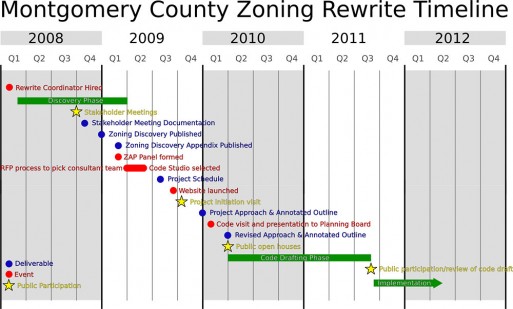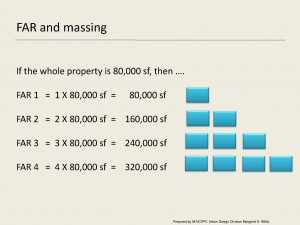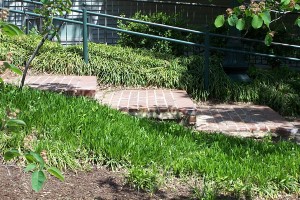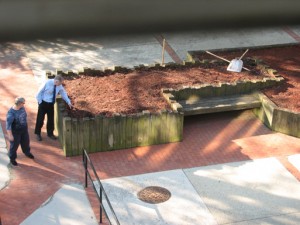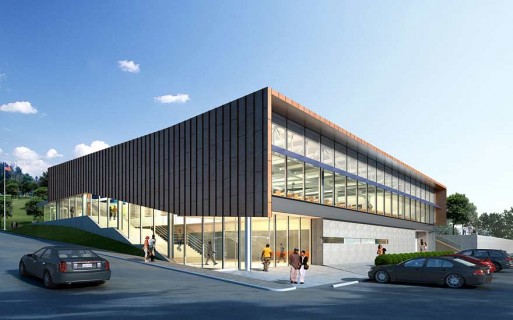
Ever feel like you’re being watched by the Green Police? Have a loved-one who thinks that tossing a newspaper in the trash is the equivalent of clubbing a baby seal? Tired of transparent marketing campaigns for products with dubious environmental benefits? You’re certainly not alone.
In this video from TED Talks, Catherine Mohr rightly calls out the insanity of nitpicking over every paper towel or coat of paint, and identifies the real elephant in the room: embodied energy. Embodied energy is the total amount of energy necessary for an entire product lifecycle, including everything from transportation to installation to decomposition. When used as a metric to evaluate sustainable construction construction practices, it can reveal the real opportunities for … Continue reading
